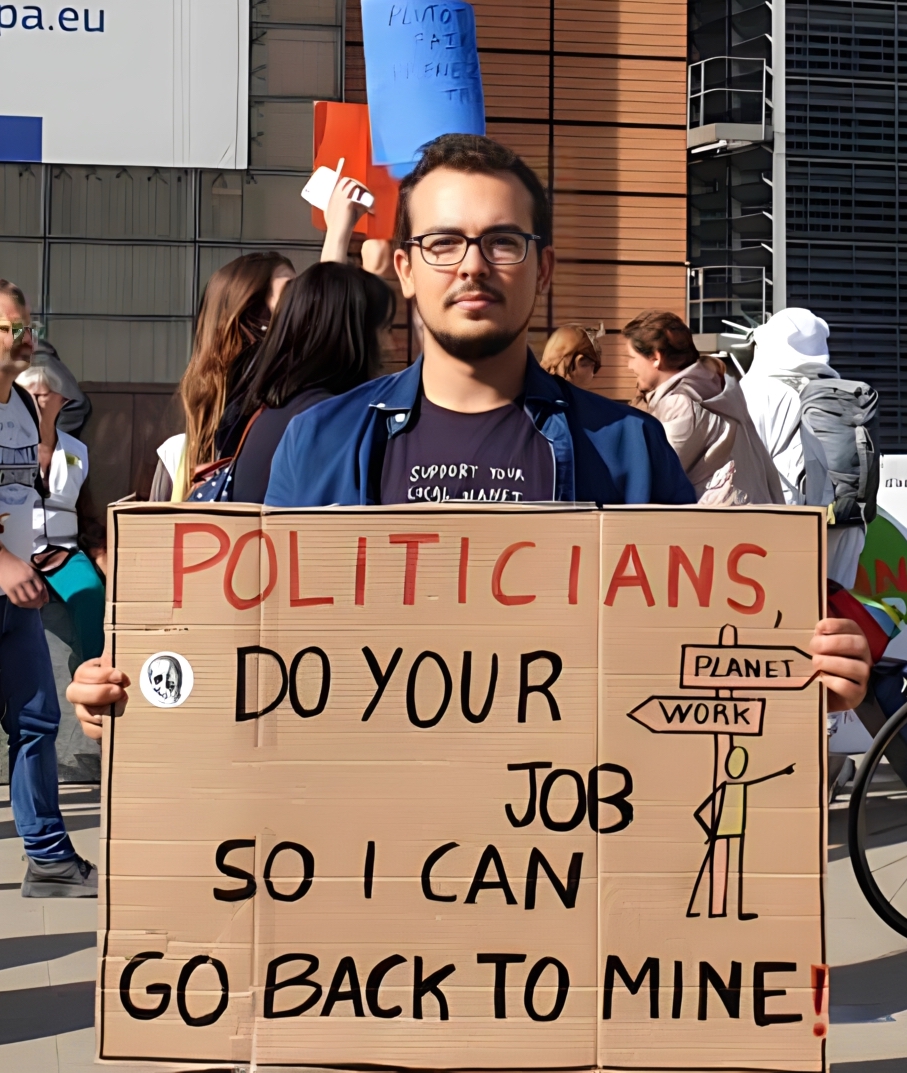Timeline: 2021-2023
Keywords: Youth participation; Europe; Local democracy; Climate action; Gig economy workers
Funding Organisation: Private Foundation in Geneva

Timeline: 2021-2023
Keywords: Youth participation; Europe; Local democracy; Climate action; Gig economy workers
Funding Organisation: Private Foundation in Geneva

Cities have emerged as central spaces to find solutions to the demands of citizens in pluralistic societies and have been one of the most proactive and productive political forces in launching institutions of participation such as participatory budgeting and citizen assemblies (Zaremberg and Welp, 2020). In no area is this currently more contentious and urgent than in environmental issues: half a decade after the adoption of the New Urban Agenda and the Paris Agreement, nearly one thousand cities around the world have committed to one or more forms of climate action, many of which are more ambitious than their national governments’ (Arikan et al., 2020). Despite these new commitments, climate strikes at the local level have continued, with several European cities welcoming over 100,000 protesters at the height of the strikes in September 2019. Among young people’s claims was that they still felt excluded from not just national, but also local decision-making: “nothing about us, without us”, many claimed (Bullon-Cassis, 2022). Why does this happen, and does it happen in different institutional settings or are there institutional and political settings that are more open and closer to youth demands?
This project interrogates the actual use – and the awareness – of local democratic mechanisms and arenas of participation. By looking at the connections (or lack of) between instances of environmental protests to the concomitant use of institutional mechanisms at the local level, it aims to shed new light on the conditions to improve democratic governance in the Anthropocene, the distinct period during which human activities have had an environmental impact on the Earth. The second thread of our project will, more broadly, be developed at the level of labour market participation and governance. In fact, participation is also deeply shaped by another path through which youth integrate in society, namely labour markets and the workplace.
Our objective is twofold: we seek to understand, on the one hand, the conditions under which young people become politically active and, on the other, the interplay between their mobilization and the responses provided by democratic institutions. Our driving research questions are thus:
(1) What conditions, processes, and mechanisms drive the political participation of mobilized youth at a time of overlapping crises such as environmental degradation, labour market disruptions, and the COVID-19 pandemic? and
(2) What political contexts or institutional responses and set-ups have allowed for successful democratic innovations to happen? Which solutions can be envisioned to make democratic institutions more inclusive for young people?
We propose a multi-methods design combining a mapping of relevant cases and within-case analysis.
First, a dataset of youth protests in Swiss, French, Italian and Spanish urban settings since 2015 was identified, as well as relevant local democratic innovations that happened within that time frame.
Second, drawing on our researchers’ vast networks, a range of semi-structured interviews explains how and why do protests and participatory institutions connect, why they sometimes do not, as well as which participatory formats are more able to positively engage them and avoid “exit” from young people.
In addition to its academic activities and outputs, the project will organise two action-oriented workshops, whose proceedings will also serve as material for the research and for policy papers. One, organized in March, looks at youth and the so-called “just transition”. The second, planned for October, will explore lessons learned around youth and democratic innovations at the city level.